| Pay close attention to plants' requirements for sun - or no sun. Lots of vegetables will grow and produce well in containers. Fruit and ornamental trees also can make good container plants. Flowers also can do well in containers. Plant high-yielding vegetables in containers. SOME FUN CONTAINERS | Container gardening can allow gardeners to grow anything anywhere, but some guidelines will foster greater success. Why? Why Not? Advantages
Disadvantages
What Type of Container? Almost any kind of container is usable, but here are some basic requirements.
How Much Sun? It depends on what kind of plant, and why you’re growing it.
What Kind of Soil Mix?
What Can I Plant? Vegetables Food production requires as much space for root systems as possible, and more attention to irrigation and fertilization. 12” deep container Beets 3” apart Bok Choy 6” apart Carrots 2” apart Garlic 3” apart Leaf Lettuce 6” apart Onions 3” apart Radishes 2” apart Spinach 5” apart Strawberries 6” apart Swiss Chard 9” apart 18” deep container Beans 5” apart Broccoli 12” apart Cabbage 24” apart Cauliflower 24” apart Cucumbers 5” apart Eggplant 12” apart Peas 3” apart Peppers 12” apart Squash 18” apart 24” deep container Blackberries 18” apart Blueberries 18” apart Potatoes 6” apart Tomatoes 18” apart Fruit and Ornamental Trees The largest possible container is best, and the most attention to fertilization and irrigation because you expect long-term growth.
Flowers Most annuals and perennials will do well if container is large/deep enough and lots of bright light is provided.
How Many Plants Can I Plant In Each Container? The more plants in a container, the less successful each will be because they’re competing for irrigation and fertilizer and light. Estimate space use for both mature root systems and foliage. Seeds or Transplants? Both are fine when root and foliage space are considered.
How Frequently Must I Water? Keep soil mix evenly moist. Timing will vary according to season, size of container, soil mix, and amount of direct sun it receives. During hot weather, check containers daily.
How Frequently Must I Fertilize? Since plant roots are restricted in the container, they depend on you for nutrition, and every watering drains away nutrition.
|
|
9 Comments
Kathy Sumrall
10/29/2021 03:54:49 pm
Goodness! I really love your posts! I'm looking forward to going back and looking and reading.
Reply
5/21/2022 07:09:12 am
Those lamp pot on stairs look so mesmerizing! Amazing picture collection, loved all of them. Awesome guide.
Reply
7/19/2022 04:46:33 pm
Vegetables grow beautifully in containers, especially if you don't have much yard area. Consider gardening in pots if you have a tiny garden area or just have access to a patio, balcony, driveway, or rooftop.
Reply
7/19/2022 04:55:40 pm
Those of us who lack the space for raised beds or a sizable garden plot can still grow our own food through the use of containers. Want to have better control over the weeds and the growing conditions? A fantastic method to make the most of your gardening space and simplify your gardening chores is through container gardening.
Reply
2/10/2023 07:21:54 am
Are you lazy or busy? Sometimes buying each component and mixing up can be a difficult task for beginners. But thanks to today’s trend of the market. Yes, you can try out the ready-potting soil for indoor plants. It is easy and of course worthwhile. So, let’s dig into the best soil mix for indoor plants.
Reply
2/22/2023 08:43:28 am
How is your garden blooming today? In this chaotic lifestyle, the beautiful garden can give us some relaxing time for ourselves. Hence when you put a lot of effort into it, it turns out to be a blooming or fresh edible fruit and veggie, and you are surely going to enjoy your garden time. But sometimes, garden folks are not happy with the outcome despite giving a lot of attention to it. So, why does this happen?
Reply
4/12/2023 12:05:33 pm
It stood out to me when you mentioned that deeper is better when it comes to container gardening. I would like to plant a garden this spring so that I can grow my own vegetables for cooking. I am thinking of constructing my own containers, so I will have to make sure that I find a supply store that has the supplies I will need.
Reply
Leave a Reply. |
Categories |

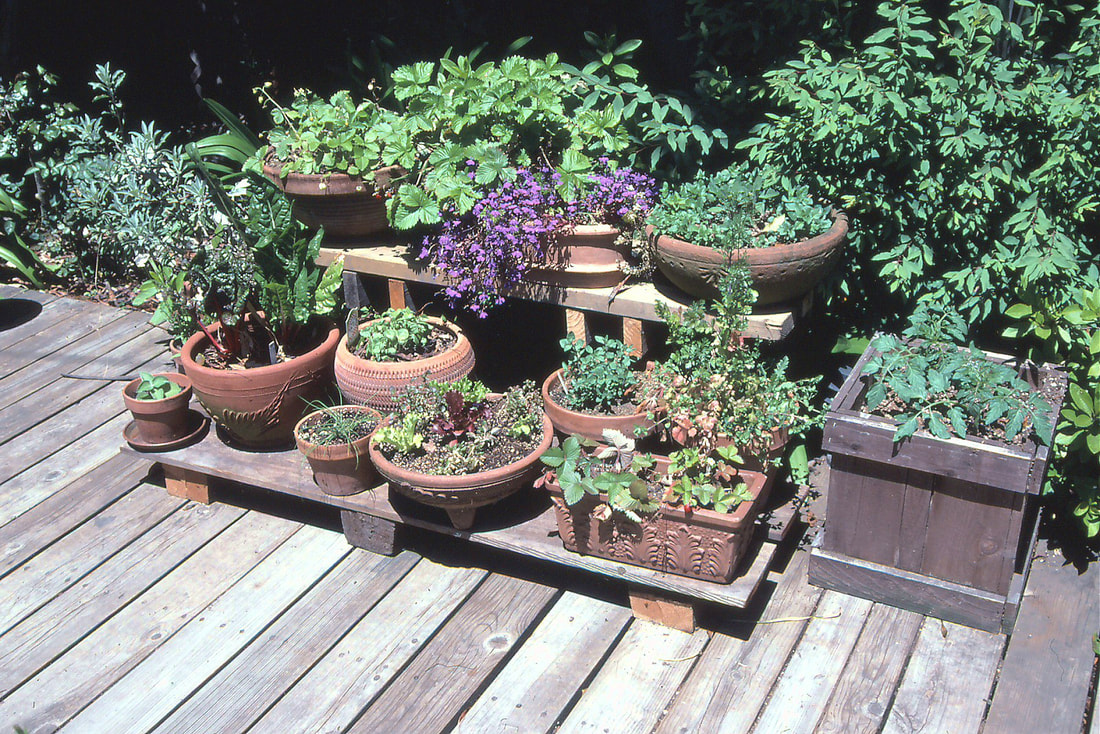
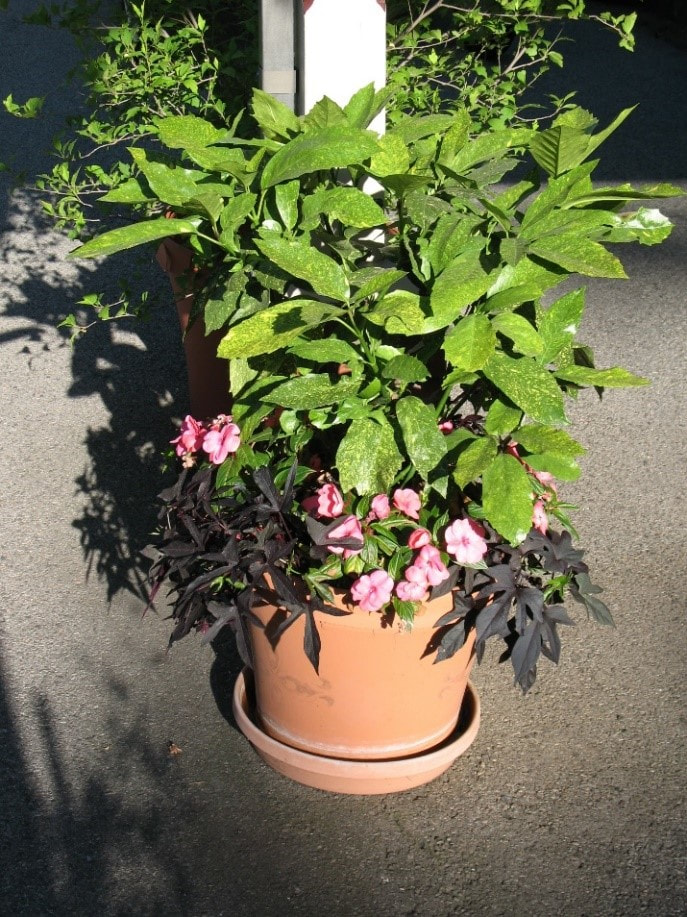
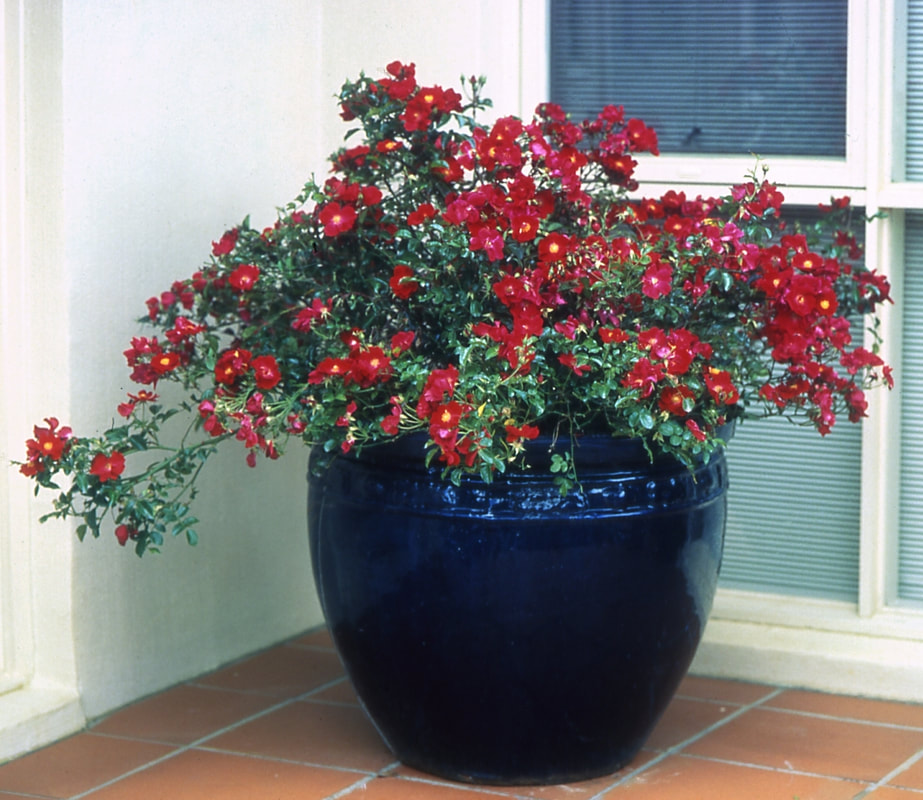
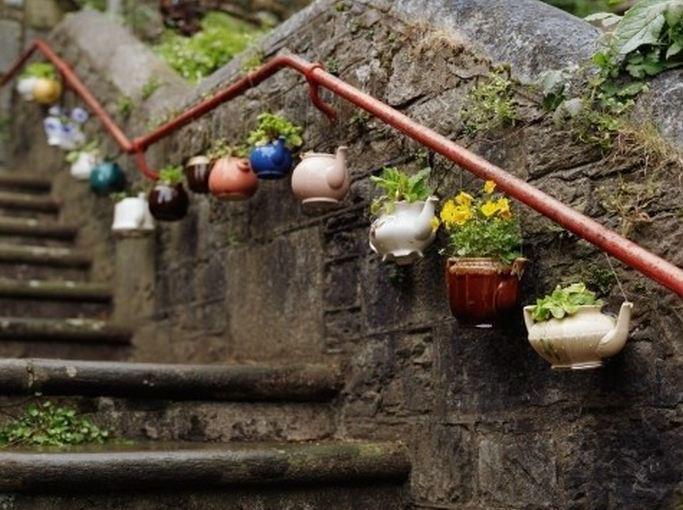
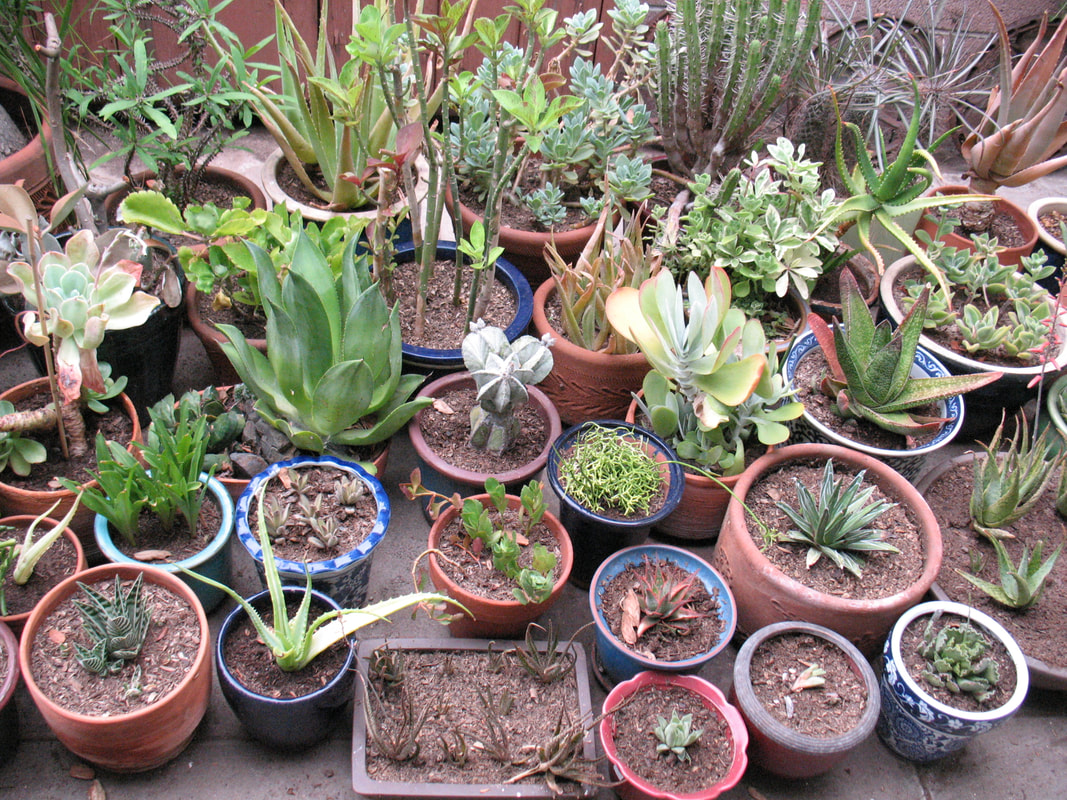
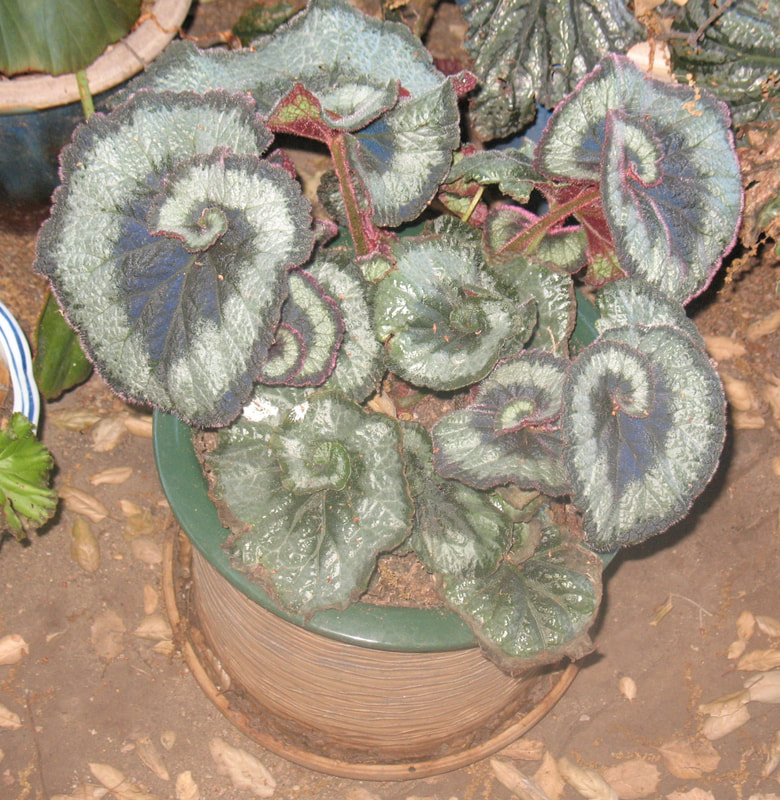
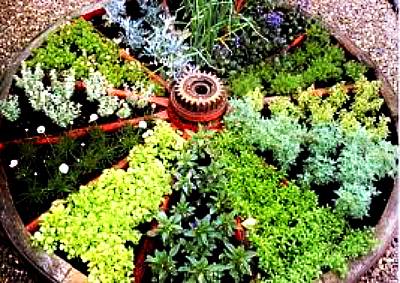
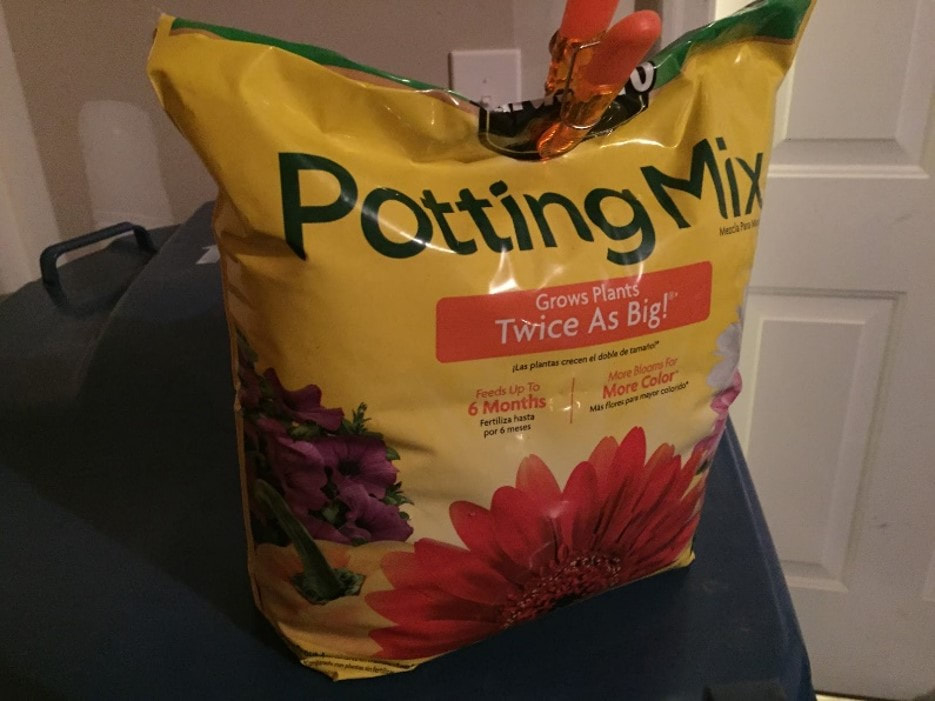
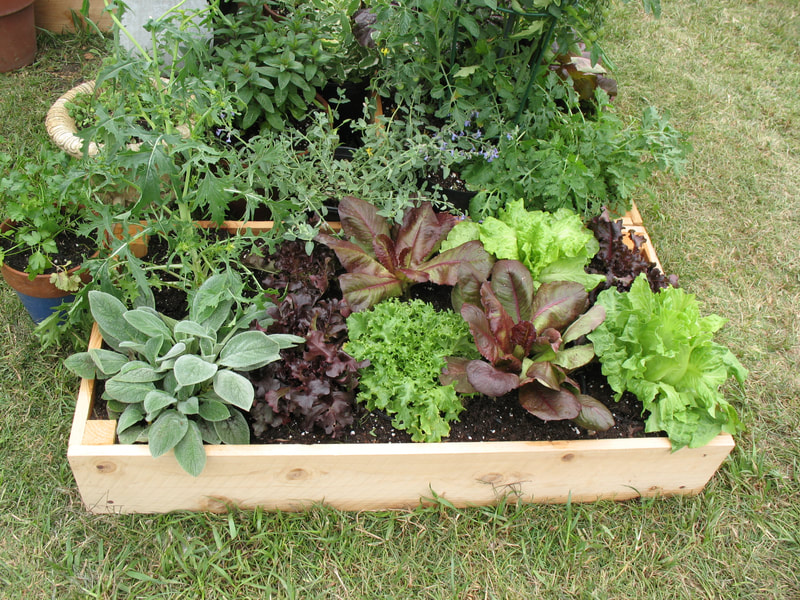
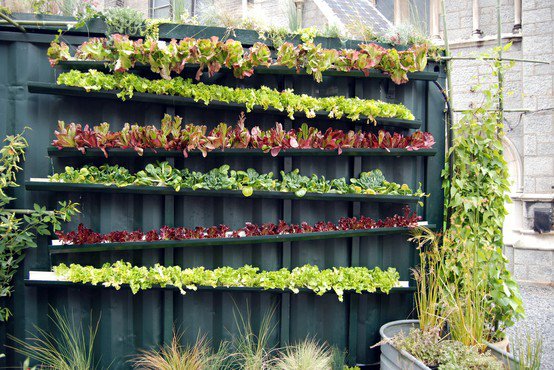
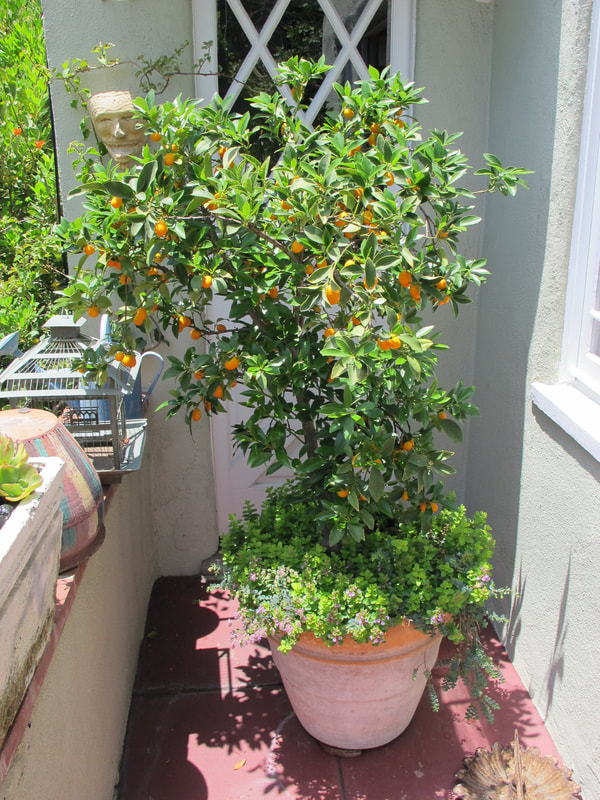
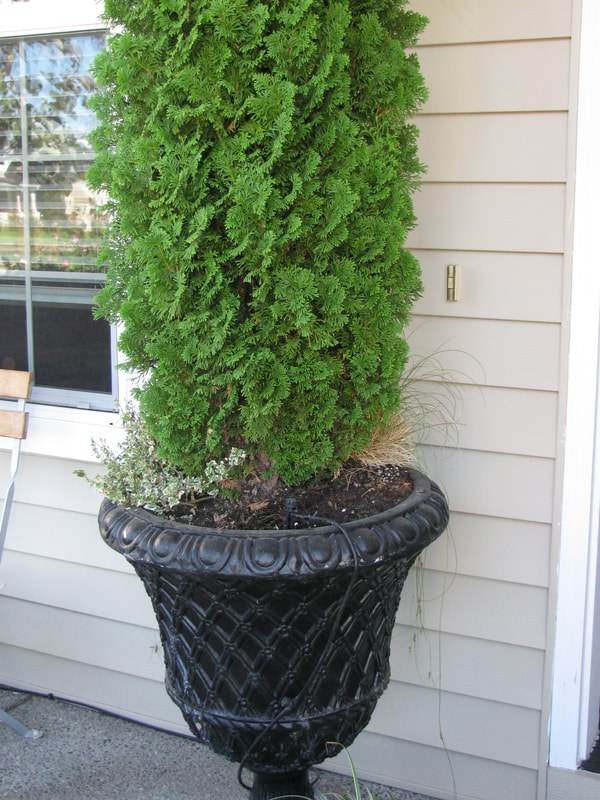
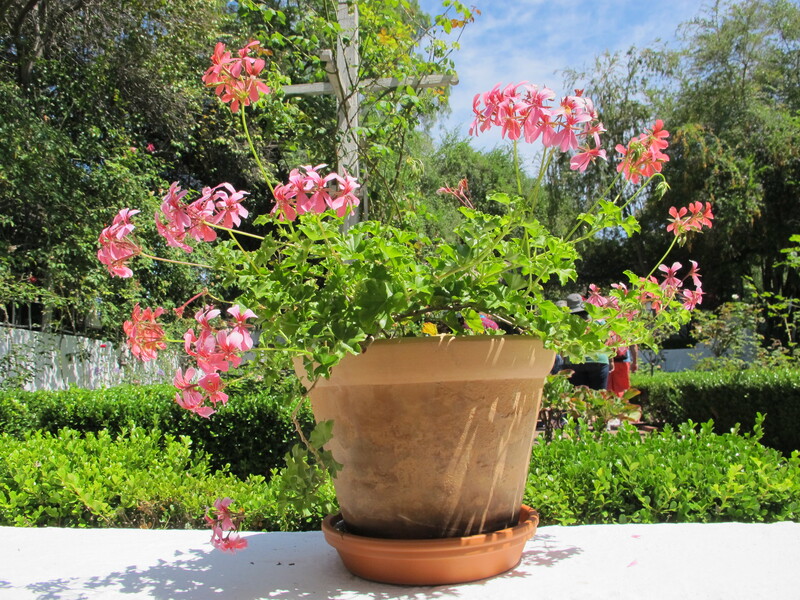
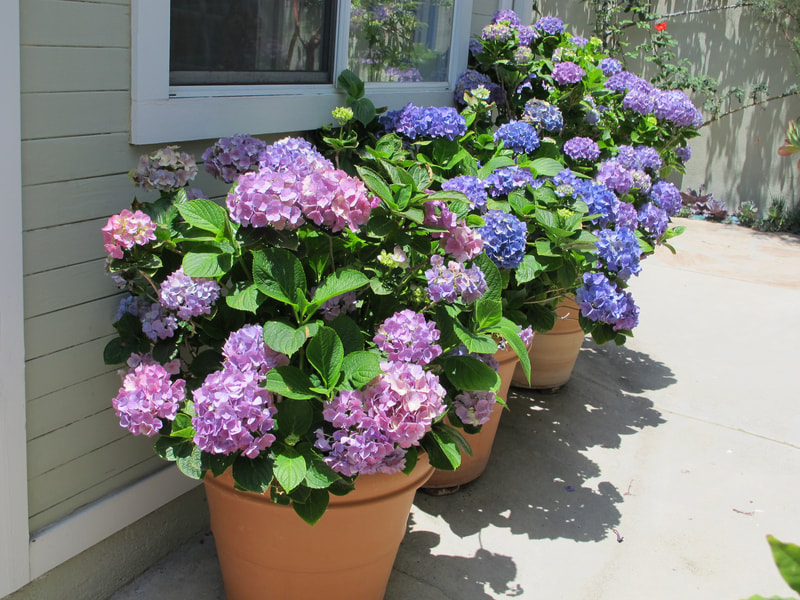
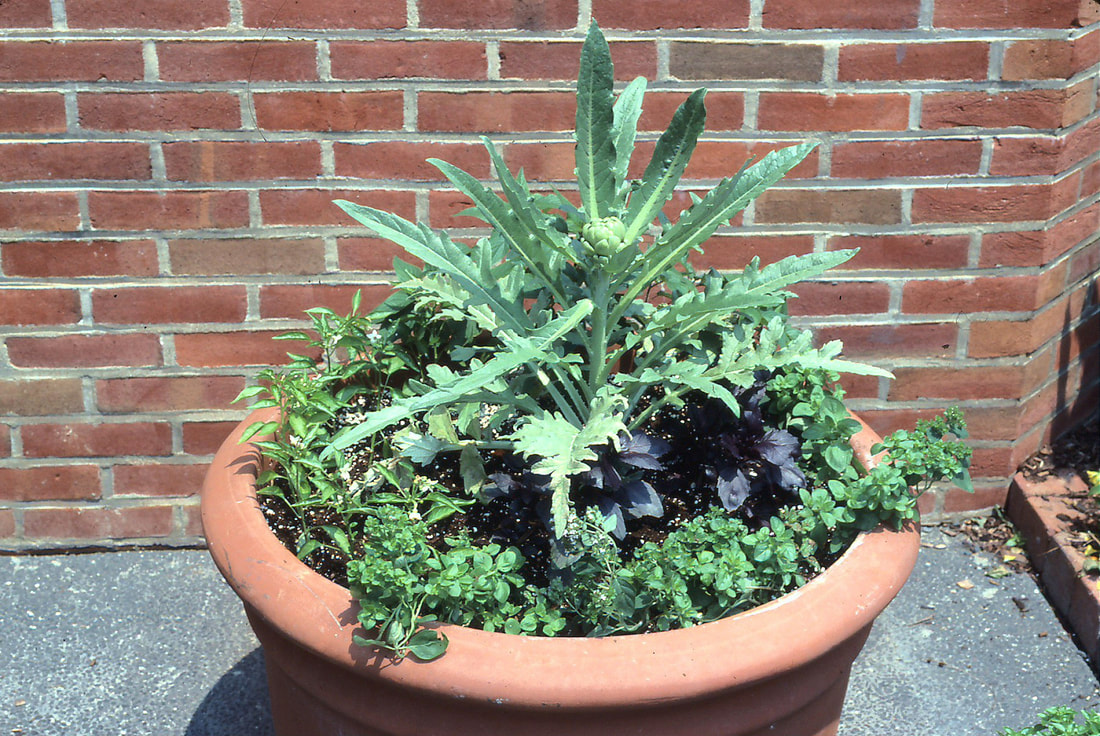
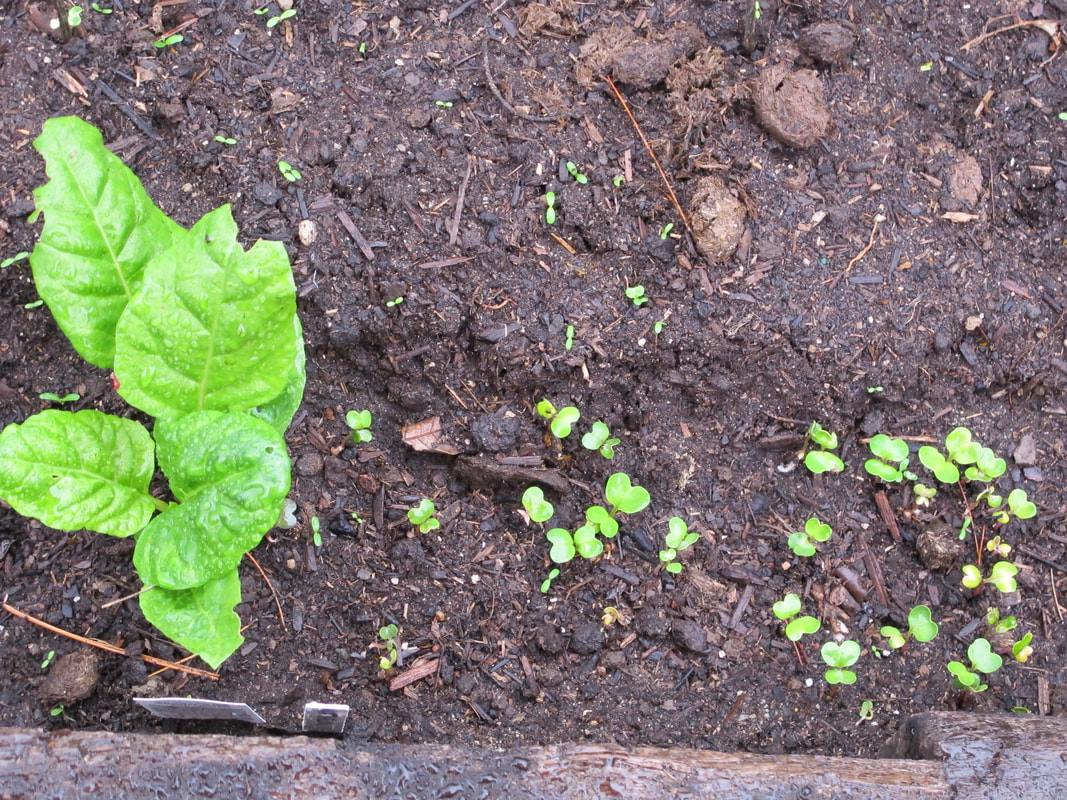
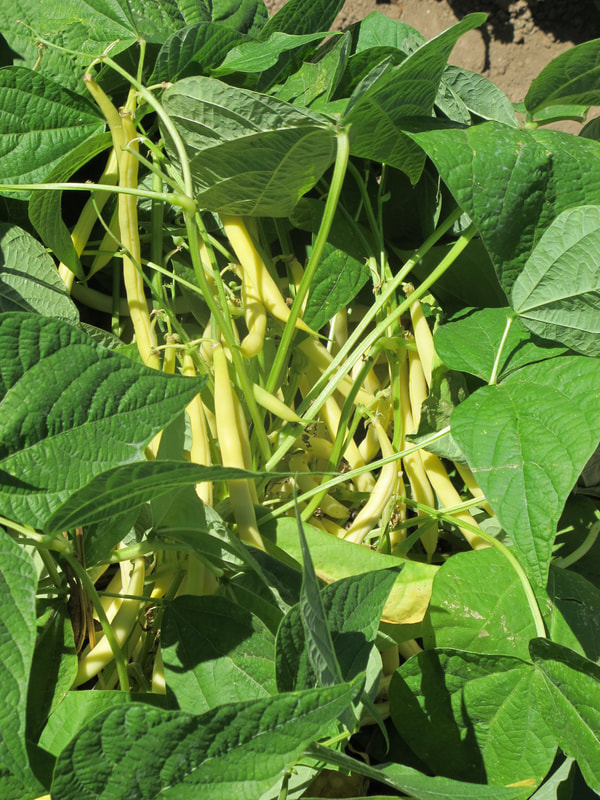
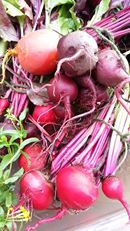
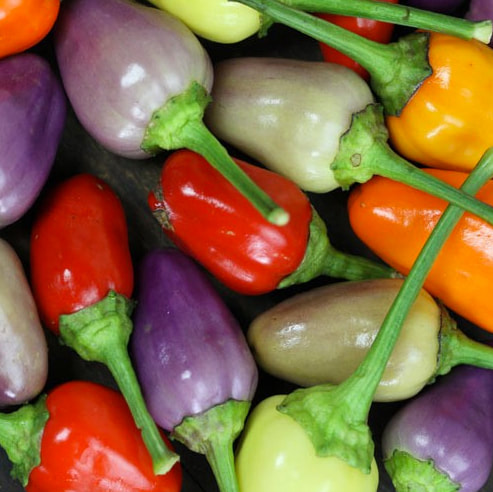
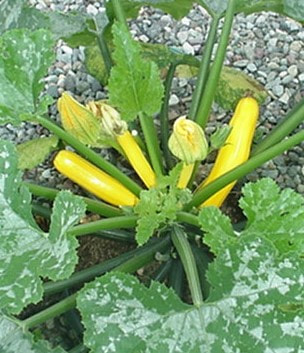
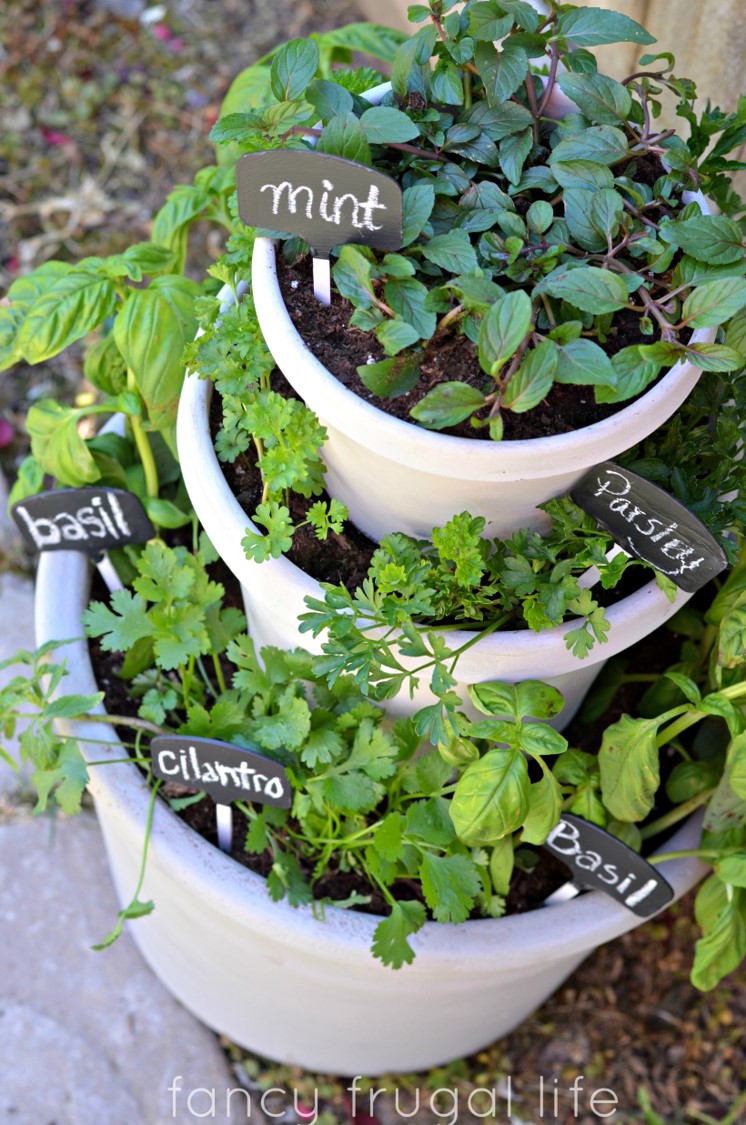
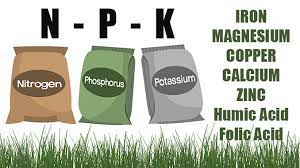
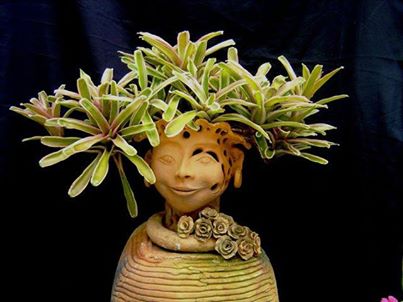
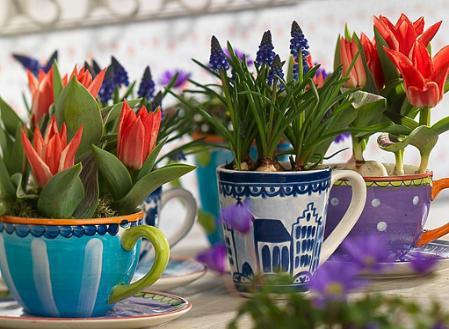
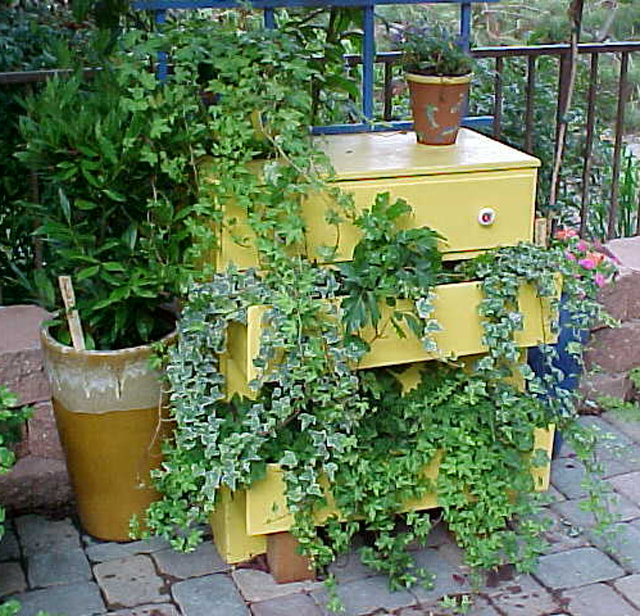
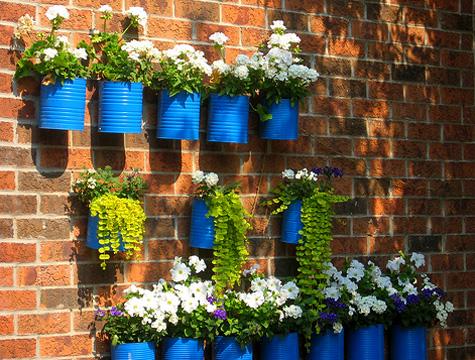
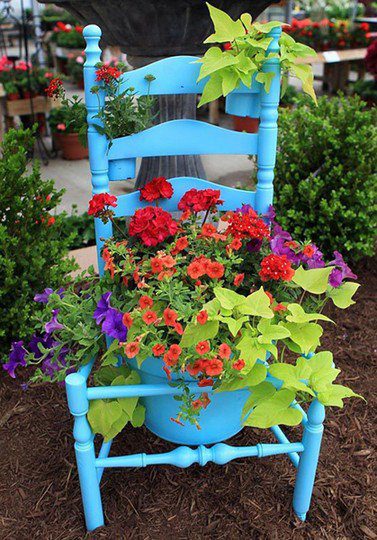
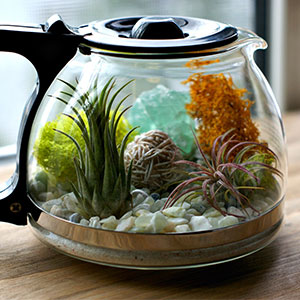
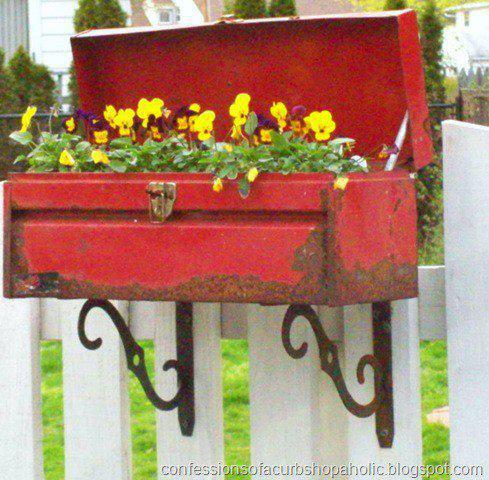
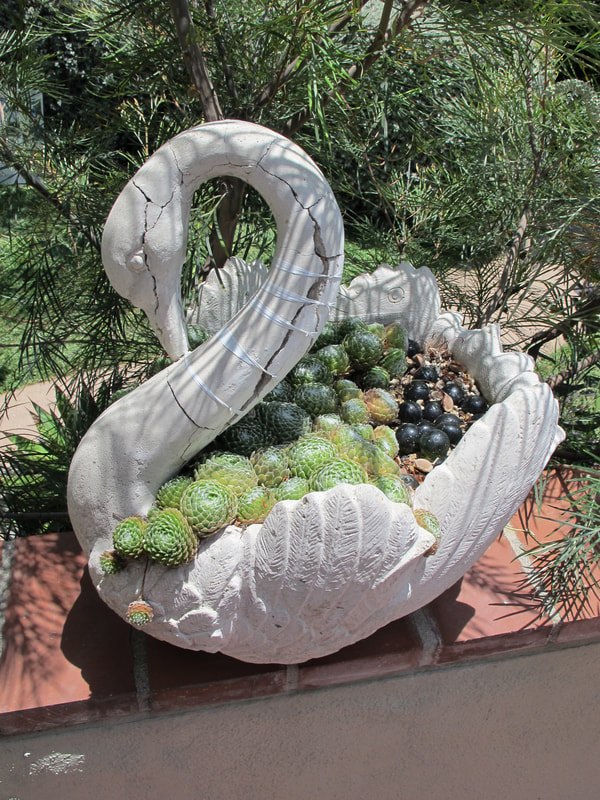
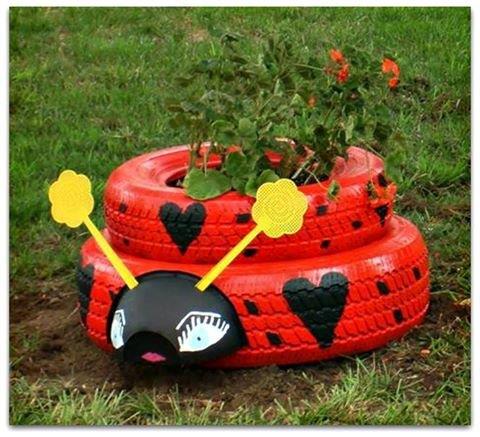
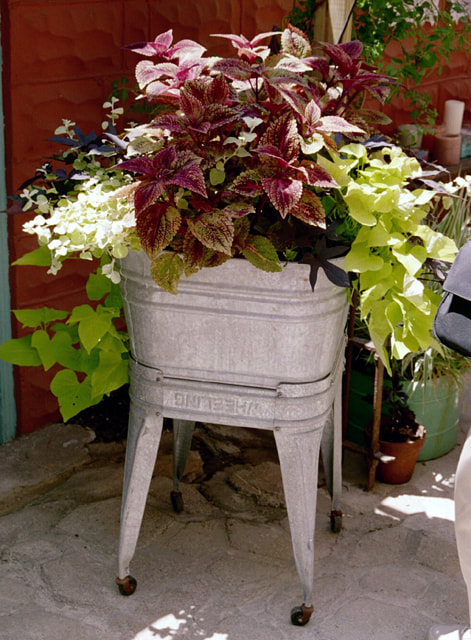
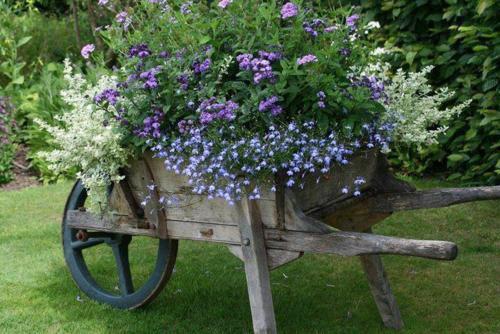
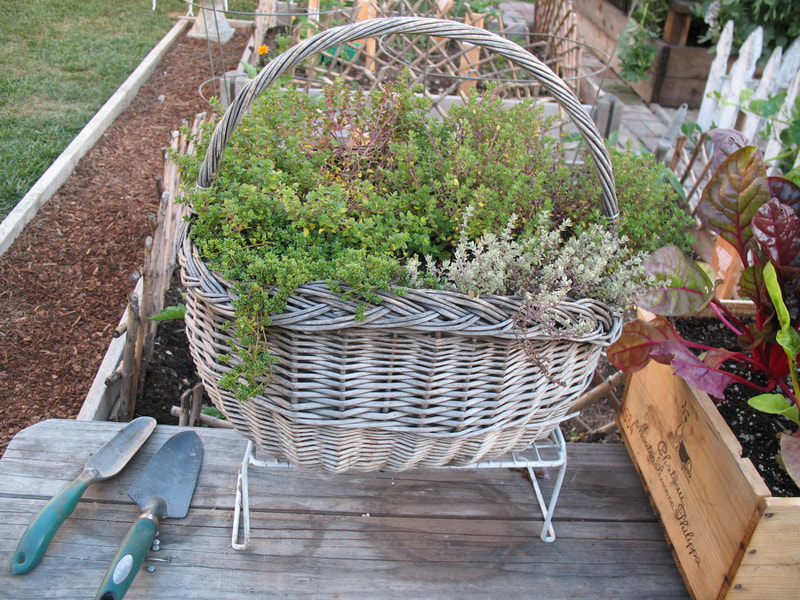
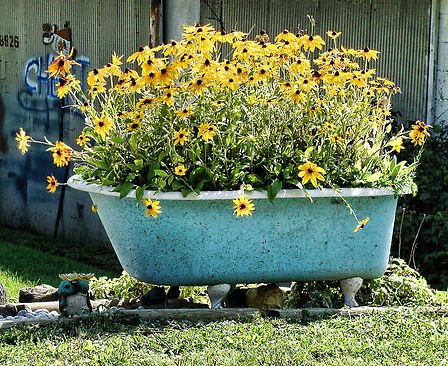
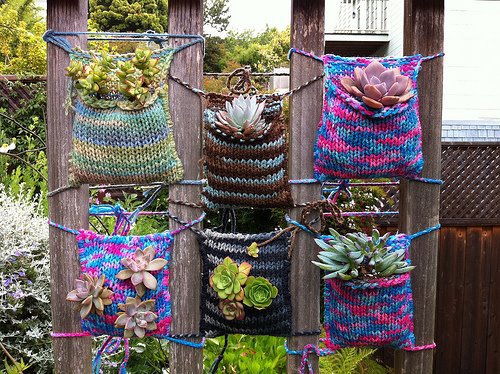
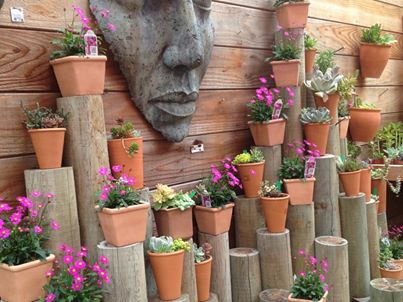
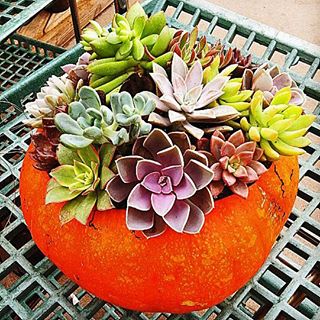
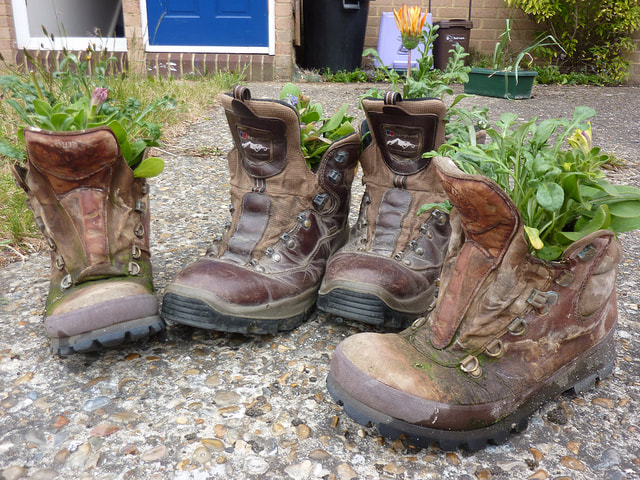
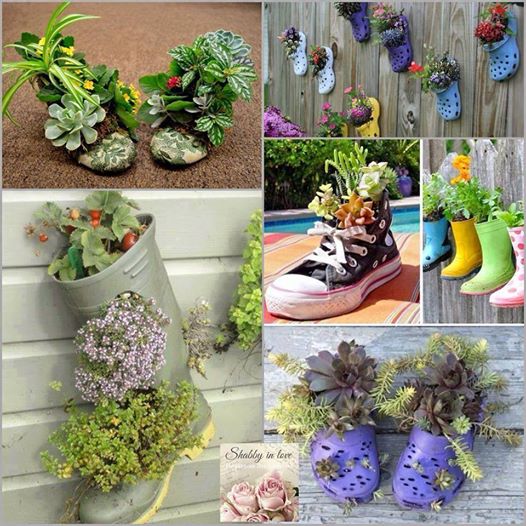
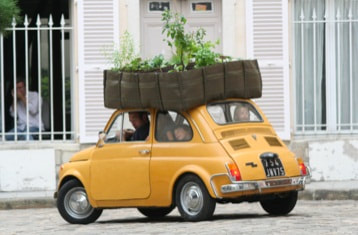
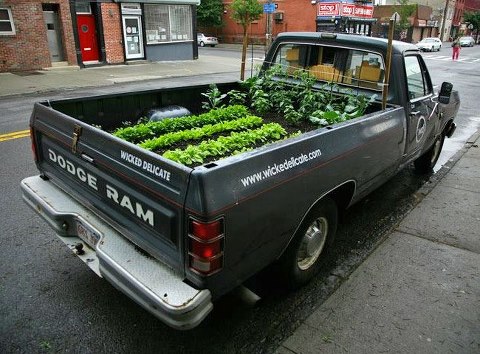
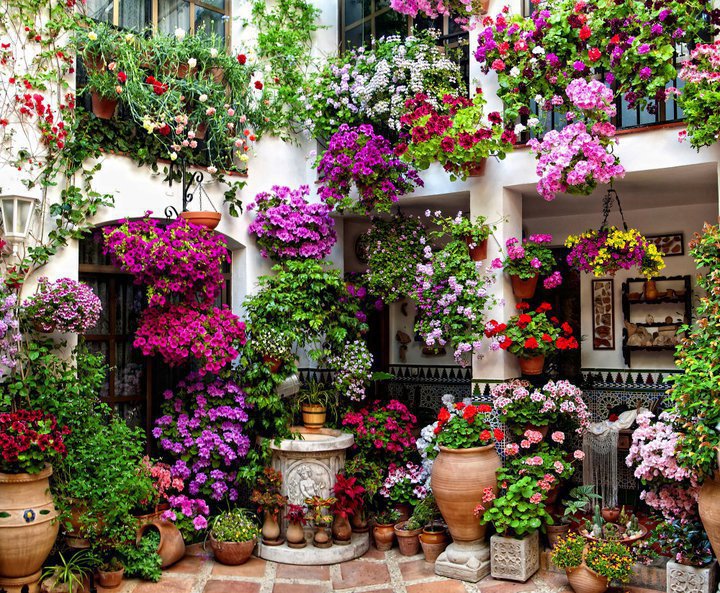
 RSS Feed
RSS Feed